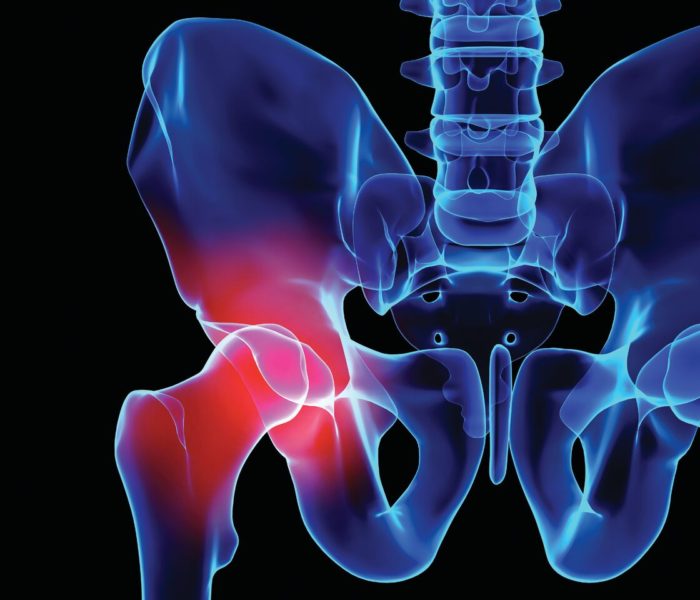
Bon Secours St. Francis Osteoporotic Fracture Program Improves Quality of Life after a Hip Fracture
by Bill Munley, Vice President of Orthopaedics, General Surgery and Professional Services, Bon Secours St. Francis Health System
Let’s take a little journey back to a decade ago in the life of a 76-year-old independent female who lives at home by herself. All of a sudden, she falls and breaks her hip!
In most U.S. hospitals, this woman would have arrived at an Emergency Department by ambulance. As a non-urgent patient, she would wait about eight hours in the ED before being admitted. An orthopedist would order extensive workups and add her to the waiting list for surgery. She finally has her surgery at 11:00 p.m., 72 hours after arriving at the hospital.
Once she goes to the floor, her progress is slow due to postoperative delirium and lack of physical therapy. Her family is anxious over her altered mental status and she spends about seven days in the hospital on narcotic pain medications.
She would then be transferred to a skilled nursing facility, end up in long-term care, and, in some cases, end up dying having never returned home.
More than 350,000 hip fractures happen every year. Eighty percent occur in women, who are most commonly around 80 years old. Women also have a one-in-seven lifetime chance of suffering a hip fracture, which is greater than the chance of developing breast cancer. Osteoporosis is the main risk factor, but other factors can include dementia, unstable gait, poor muscle strength, poor vision, neurologic disease, and poor nutrition.
A decade ago, 20 percent to 50 percent of the patients would die within the first 12 months of their surgery. For most others, it was a major life-altering event for both the patients and their families. Bon Secours St. Francis recognized this dilemma and developed a formal program in 2007, the first of its kind in South Carolina—the Osteoporotic Fracture Center of Excellence.
Fast-forward into present day 2017 to our Osteoporotic Fracture Program. On our dedicated unit, aggressive therapy and early discharge planning are routine along with formal patient and family education. Our goal is to get the patient out of the ED quickly, into surgery as soon as possible, and out of the hospital after a short length of stay without narcotic pain medicines. A designated orthopedist and nurse navigator follow the patient’s progress up to one year after surgery.
On average: our ED wait is only three hours; time to surgery has reduced to 14 hours; length of stay is around three days; 75 percent of patients who come to us from independent living return to independent living within a few months; mortality within the first year is under 22 percent; and patient satisfaction is nearly 100 percent.
Now when our 76 year old woman breaks her hip, she is triaged as a priority probable hip fracture. The nurse navigator immediately notifies the entire team and our patient is placed on narcotic pain medications and cleared for surgery within hours. A social worker meets with the patient and her family to educate them and help them plan for what will happen at discharge. A dedicated hip fracture team performs surgery within 24 hours of the injury. The patient is taken off narcotics the next day and receives early physical therapy. She is discharged from acute care within three days to a select skilled nursing facility that will continue our protocols so that the patient may achieve the best possible outcome.
This patient now returns home to independent living within a few months. A regimen of osteoporosis medications, fall precautions, and an exercise program will minimize her risk of another fragility fracture.
Independent quality organizations rank the Bon Secours St. Francis Osteoporotic Fracture Program as one of the best in the nation; they all agree that this protocol is the right thing to do for our senior patients.
Our ultimate goal is the prevention of any kind of fragility fracture, but if such an unfortunate event occurs, we hope that you will consider the Bon Secours St. Francis Osteoporotic Fracture Center of Excellence for your care.
To learn more about the Osteoporotic Fracture Program at Bon Secours St. Francis Health System, visit: bonsecours.com/greenville.



